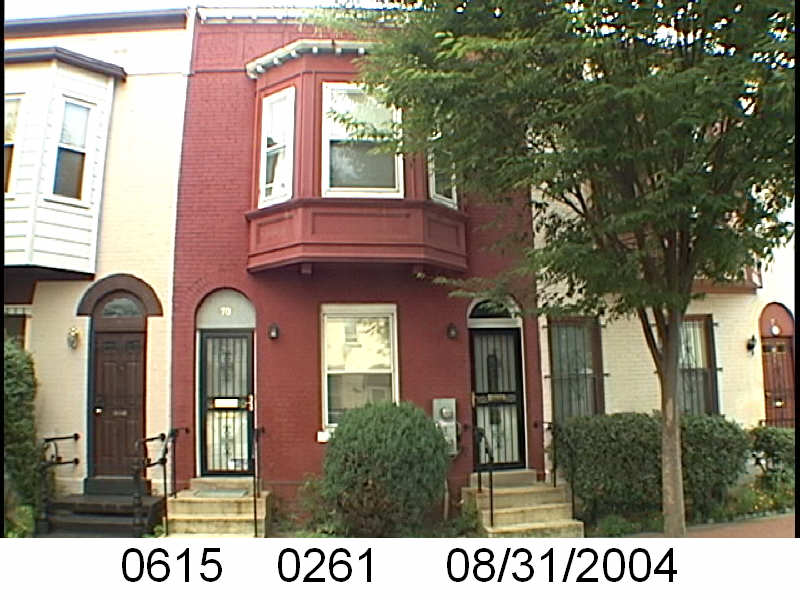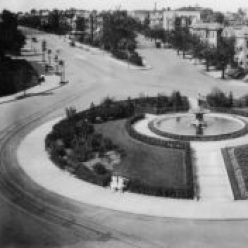In lieu of a February Black History post, WSIC continues, because it is Black History.
The Washington Sanitary Improvement Company (WSIC) was a late 19th century charitable capitalism experiment that ended in the 1950s. This blog started looking at the homes that were supposed to be sold to African American home buyers, after decades of mainly renting to white tenants.
Looking at WSIC properties they tend to have a pattern where the properties were sold to a three business partners, Nathaniel J. Taube, Nathan Levin and James B. Evans as the Colonial Investment Co. for $3 million dollars. Those partners sold to African American buyers. There was usually a foreclosure. In 1956 Nathan Levin died and Colonial Inv. Co. vice president Harry A. Badt took his place in the foreclosure paperwork. Then the property wound up in the hands of George Basiliko and or the DC Redevelopment Land Agency (RLA). Then there were the odd lucky ones who managed to avoid that fate.
Let’s see what happens with 70 Bates St NW:
- December 1950 (recorded Jan 18, 1951) Evans, Levin and Taube sold all of 70 Bates NW to Beatrice B. William D. Hunter.
- December 1950 (recorded Jan 18, 1951) the Hunters borrowed $6,050 from Colonial Investment Co. favorite trustees Abraham H. Levin and Robert G. Weightman.
- January 1958 the Hunters sold the other half of 70 Bates St NW to Badt, Evans, and Taube.
- November 1961, as part of a large property package (doc 1962000416), Badt, Evans, Taube, Nathan Levin’s survivors and their spouses sold half of 70 Bates St NW to Sophia and George Basiliko.
- December 1961 the Hunters borrowed $1,768.53 from Telsyndicate with trustees Martin J. Quigley and Robert G. Weightman.
- May 1962 the Hunters were released from their January 1951 mortgage.
- January 1975 the Hunters were released from their Telsyndicate mortgage.
- April 1978 George Basiliko Inc sold half of the house to the widowed Beatrice Hunter.
So this was a mix. No foreclosures. Slum landlord Basiliko did own the property from 1961 to 1978. The family that was the original buyer managed to hold on and buy the other half back. Skimming the deed records, it appears the house remained in the Hunter family until 2010.
